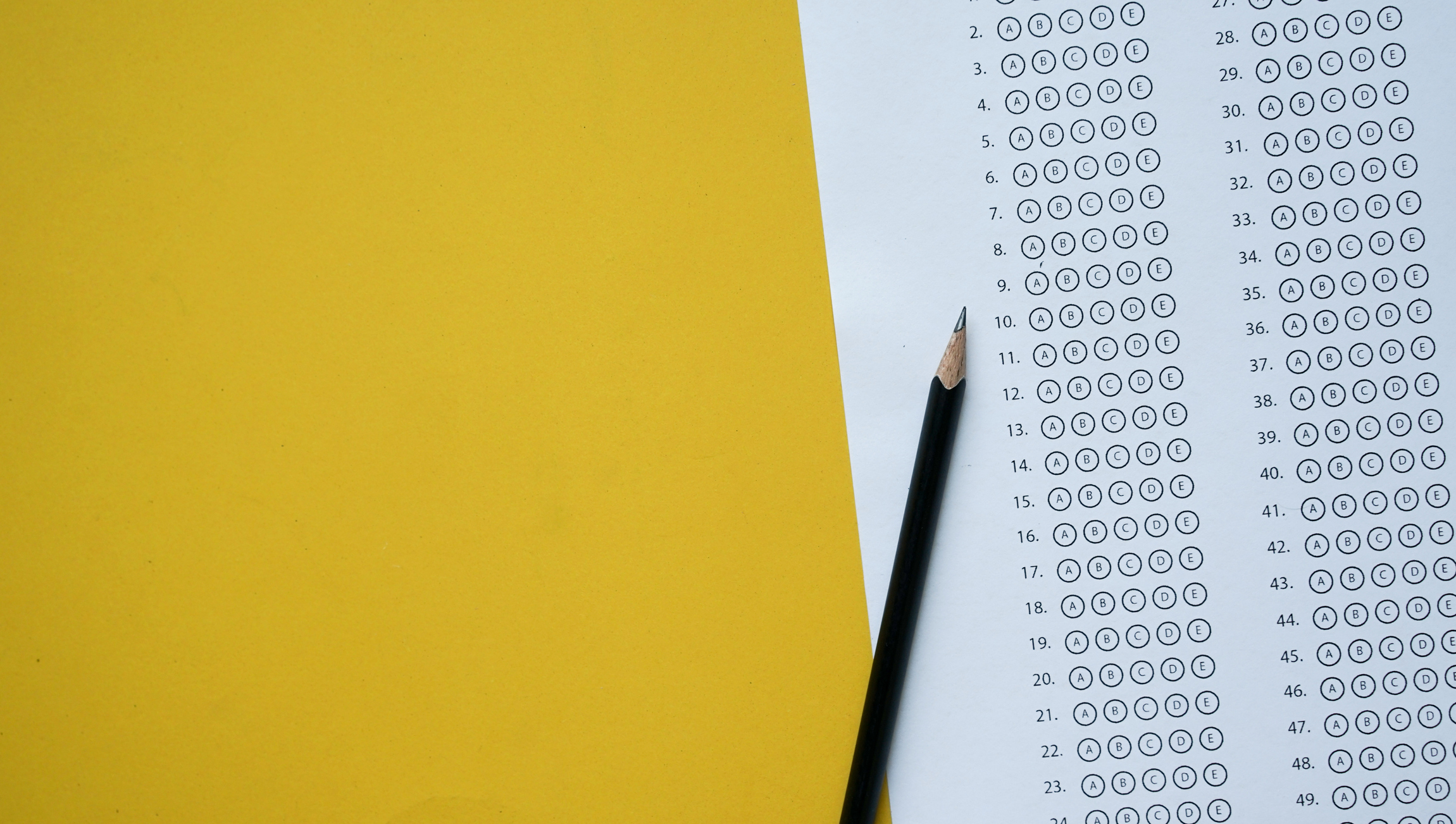
The National Center for Educational Statistics, or the “Nation’s Report Card,” released the most recent test results for History and Civics. This was the first post-pandemic standardized test given to over 7,000 students nationwide. The assessment included selected responses and construction response questions based on United States history and civic themes.
For the first time since 1994, the results for history saw a dip. The last time the United States history test was given was 2018, and the average score was 263. However, the 2022 administration saw average scores of 258. The first time the civics test was given was in 1998, and the average score was 150. There has been marginal growth, topping out at 153 in 2018. However, in 2022, there was a return to an average of 150.
The decline in scores is troubling, especially considering that the students who took the test as 8th graders in 2022 are now 10th graders and will be 18 in almost two years and eligible to vote. There are multiple reasons cited for why this dip might have occurred.
Why the change in overall scores?
The reasons most likely will not come as a surprise to social studies teachers. One possible reason was a loss of instruction time, due to both the pandemic and in favor of more tested subjects like English Language Arts and mathematics. There is an intense focus on what is being taught and a debate over “hard history.” With such scrutiny over their subject matter, teachers struggle to meet the demands of standards and ethical responsibilities. This is married with national political polarization, which makes it challenging to host civil conversations over topics, especially current events. As we transition to one-to-one classrooms, have we prepared students to take tests on digital platforms using test-taking methods that have worked in the past? Lastly, there is a decline in reading scores nationwide, which impacts all subjects.
What can educators learn going forward?
The National Center for Educational Statistics prides itself on being “the most prominent national representative and continuing assessment of what students know and is used as a guide for educational improvement.” There is essential information to be mined from the surveys given to students, teachers, and administrations post-test administration. These surveys help contextualize information to understand better the educational experiences and the factors related to the experience in and out of the classroom. So, what can we take away from these surveys?

Hearing from The Past Matters
Students who used primary source materials daily or almost daily correlated with a 21-point boost in student performance compared to those with no primary source usage. This is a significant increase and something easy to incorporate into your classroom. You can start by including a “do-now” where students analyze a historical quote, diary entry, or photo. It does not have to be a long passage, but educators should make it something valuable and relevant to the students to hook them on primary sources. Also, ask them to annotate, highlight, and work with text on a screen to prepare them for digital test taking. Many resources in Active Classroom allow students to work with primary sources.
For educators that don’t have an Active Classroom subscription, you can request a free 30-day trial to access a wide array of activities here!
Debate Deliberately
Students who participate in debates or panel discussions at least three times a year outperformed those who were never exposed to this practice by eight points. Teachers can find this particularly challenging since there is much polarization in classrooms today, and it is hard to host civil discussions. One thing that might help ground discussions is to tie in primary sources in the Debating the Documents series on Active Classroom. Students are given two groups of contrasting primary source documents and asked to grapple with the issue while citing the sources and using the various perspectives. This will help them see things from different viewpoints and build empathy, which is part of social-emotional learning. To help guide students through this process, you can turn to Civil Discourse: Classroom Conversations for Strong Communities by Joe Schmidt and Nichelle Pinkney for practice advice on running these types of class discussions. Social Studies School Service hosted a book talk on this topic on February 9th, 2023, which can be found here!
Current Events Count
Those attentive to news outside of school outperform those who never follow the news by 19 points. Again, this can be challenging, but Active Classroom can help with their curated Current Events in the Classroom series. These are done in a timely fashion and keep up with events as they happen. A lot of times, teachers will say, I don’t have time to fit in current events. Still, one of the best features of the Current Events series is in the Teacher’s Guides where you will find “related lessons” that will help you link the current event into your curriculum and help put the modern day into a historical context. You can also assign these lessons as homework and have students discuss them with families at home. The post-test survey also found that students who talked about their studies at home two or three times per week outperformed those who never or hardly ever talked about them by 20 points on the civics exam.
Volunteering Can Be Taught
Those students who volunteered outperformed those who never volunteered by 10 points. As mentioned, one of the biggest takeaways is that the students taking this test will be voting and active members of society sooner rather than later, and we have to prepare them for this monumental responsibility. Getting students to volunteer is always challenging, especially since their schedules are packed. However, Government Activators: Citizenship in Democracy helps students think about how they volunteer in their communities. Students develop, conceptualize, plan, and execute a community service project in this lesson series. The activities are customizable and get students to reflect on the needs of the communities where they live.
There is so much negative focus on standardized tests; however, educators can glean valuable information from them. Looking at the student survey responses from the Nation’s Report Card, we can see what strategies made students improve their scores and how we can apply it to others. Using one of these strategies could significantly change students’ understanding of history and civics and broaden their worldview for their future success.
Learn about the ways Social Studies School Service can support your professional development
Keri A. Giannotti has taught social studies at Bloomfield High School in New Jersey for over twenty years. She has an M.A. in political science and is earning one in American history. Her favorite topic in history is the Vietnam War.
